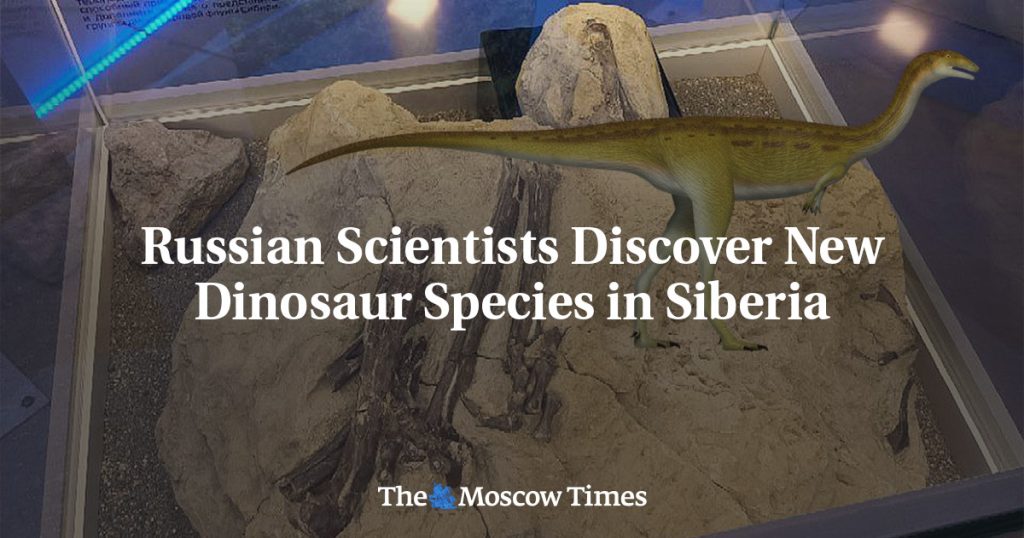Russian paleontologists at St. Petersburg State University have discovered a new species of fast-running dinosaur called Kiyacursor longipes in Siberia, believed to have lived at least 100 million years ago. The single specimen was found in the Kiya River in the Kemerovo region and belongs to the genus of carnivorous ceratosaurs from the Late Jurassic Period around 153-148 million years ago. This discovery challenges previous beliefs that ceratosaurs went extinct in Asia 40 million years earlier.
Kiyacursor longipes is part of the family of noasaurids, described as small, graceful, and fast-running ceratosaurs. The name comes from the Kiya River, which means “runner,” while longipes translates to “long-legged.” The dinosaur was able to run fast due to its long hind limbs, which are similar to those of modern ostriches. This discovery sheds light on the diversity of dinosaurs in Cretaceous Asia and provides valuable insights into the evolution and adaptations of these animals.
The study describing the Kiyacursor longipes was published in The Royal Society of London’s flagship biological research journal. This new species is significant as it is the first ceratosaur found in the sediments of the Cretaceous period in Asia, indicating a longer survival of this group of dinosaurs in the region than previously thought. The presence of Kiyacursor longipes expands our understanding of the ceratosaurs and their distribution during the Late Jurassic and Cretaceous periods.
The discovery of Kiyacursor longipes provides valuable information about the unique characteristics and adaptations of this species of fast-running dinosaur. Its long hind limbs and similarities to modern ostriches suggest a fast and agile locomotion pattern, contributing to its ability to hunt and survive in its environment. By studying Kiyacursor longipes, scientists can enhance their knowledge of the paleontological record and gain insights into the behavior and morphology of these ancient creatures.
The identification of a new species of dinosaur like Kiyacursor longipes highlights the ongoing discoveries in the field of paleontology and the importance of exploring diverse regions for fossil evidence. The Kemerovo region in Siberia has proven to be a rich source of paleontological finds, offering researchers a deeper understanding of the prehistoric world and the life forms that inhabited it. The study of Kiyacursor longipes adds to the growing body of knowledge about dinosaur biodiversity and evolution.
In conclusion, the discovery of Kiyacursor longipes by Russian paleontologists in Siberia represents a significant contribution to the field of paleontology. This new species of fast-running dinosaur challenges previous beliefs about the distribution and survival of ceratosaurs in Asia during the Late Jurassic and Cretaceous periods, expanding our understanding of dinosaur diversity and evolution. The unique characteristics and adaptations of Kiyacursor longipes provide valuable insights into the locomotion and behavior of these ancient creatures, shedding light on their adaptations for survival and hunting. The study of Kiyacursor longipes exemplifies the ongoing exploration and discovery of new dinosaur species, enhancing our knowledge of the prehistoric world and its inhabitants.


